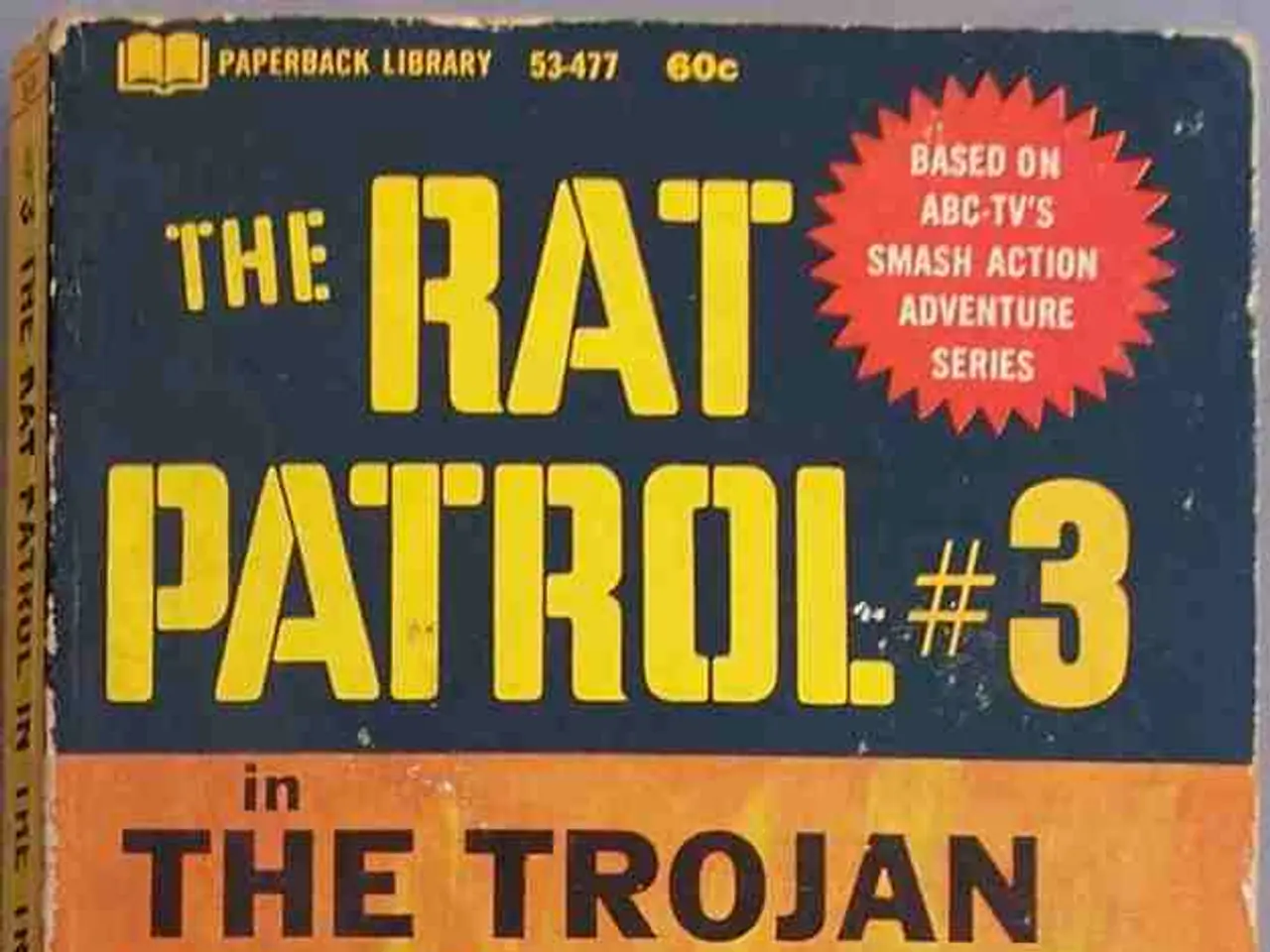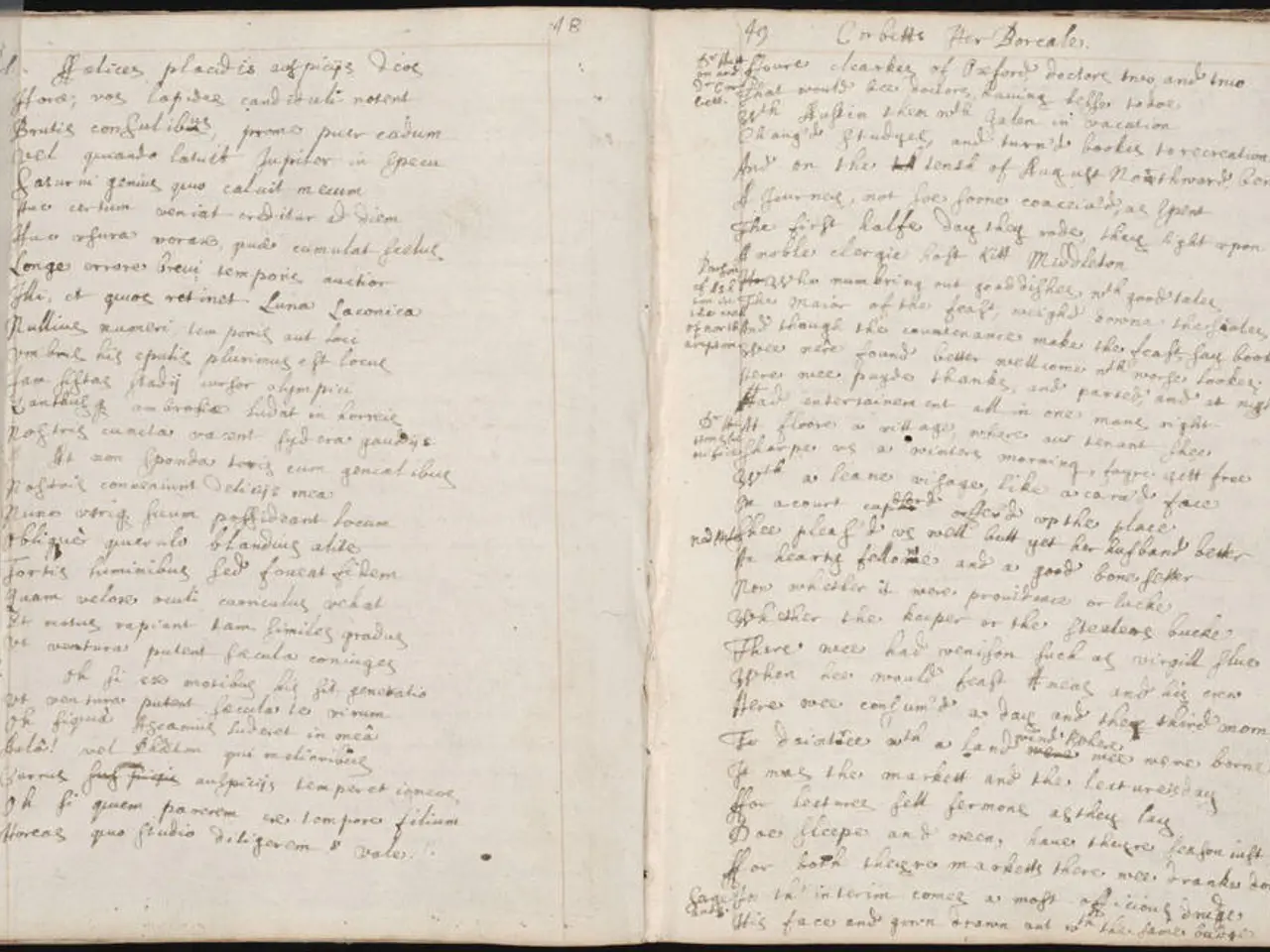Discussion on Complete Re-annexation of Gaza by Netanyahu Unveiled
In the ongoing conflict in Gaza, a significant development has occurred as Israel's security cabinet has approved Prime Minister Benjamin Netanyahu's proposal to occupy Gaza City, a key part of the northern Gaza Strip[1][3]. This decision marks a major escalation in the conflict. However, the details of the full reoccupation plan remain sparse, with the Israeli military preferring to avoid controlling the entire Gaza Strip at this time[3].
The proposed reoccupation of the Gaza Strip aims to defeat Hamas, but it has sparked internal disagreement within Israel's defense establishment and political leadership[2]. Top Israel Defense Forces (IDF) leaders and families of Israeli hostages oppose the plan due to concerns about high military and Palestinian civilian casualties and the potential endangerment of the remaining Israeli hostages held by Hamas[2]. Approximately 50 Israeli hostages remain captive, with about 20 believed to still be alive in Gaza[2][3].
Militarily, concerns focus on the likelihood of protracted urban combat and an extended insurgency rather than a swift victory[3]. Israeli military leaders see the operation as a potentially costly trap with severe humanitarian consequences[2][3].
Politically and diplomatically, the plan has provoked tensions between Netanyahu and his U.S. allies, including some former Trump administration officials, who are urging alternative war-ending arrangements involving hostage exchanges and ceasefires that Israel has so far rejected[2][3]. The reoccupation risks further isolating Israel internationally due to the severe humanitarian crisis in Gaza and could draw Iran and its regional allies deeper into the conflict[2].
The U.S. appears to be shifting from an incremental to a possible "all-for-all" hostage exchange strategy, which involves halting military activities, increasing aid to Gaza, and linking Israeli withdrawal to introducing an interim Arab security presence — a strategy at odds with Netanyahu’s full occupation plan[3].
In summary:
- Militarily: The plan approved to occupy Gaza City could lead to high casualties and a protracted insurgency.
- Politically: Netanyahu supports the plan, but internal divisions exist, and U.S. pressure is mounting for alternative hostage and ceasefire solutions.
- Diplomatically: The reoccupation risks isolating Israel internationally, complicating ceasefire talks, and escalating regional tensions.
This situation reflects a complex, high-stakes decision balancing military objectives, hostage rescue efforts, humanitarian impact, and broader regional diplomacy[1][2][3].
The reoccupation plan of Gaza City, as proposed by Prime Minister Benjamin Netanyahu, is met with internal disagreement within the defense establishment and political leadership in Israel due to concerns about high casualties and the potential endangerment of Israeli hostages. Politically, Netanyahu's plan has provoked tensions with his U.S. allies, who are urging alternative solutions involving hostage exchanges and ceasefires, potentially isolating Israel internationally and complicating regional diplomacy efforts. Diplomatically, the reoccupation could draw Iran and its regional allies deeper into the conflict, further escalating tensions.




